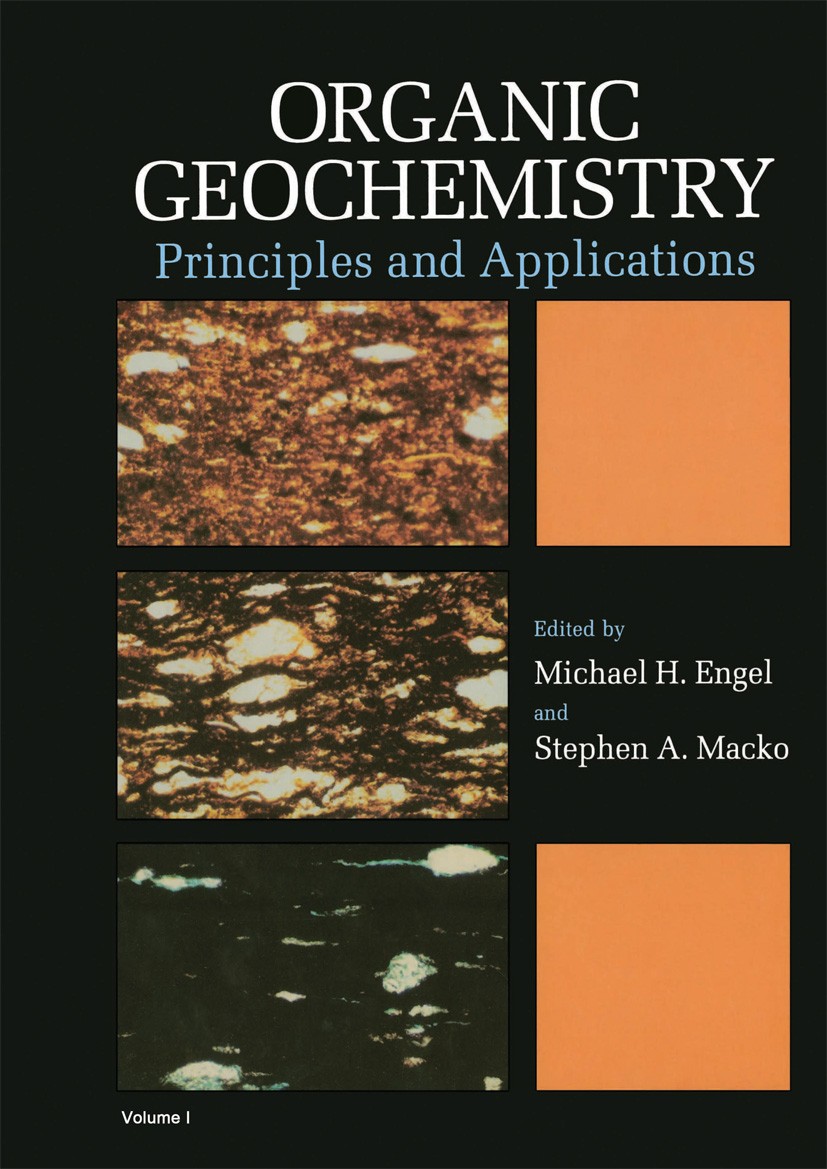Role of aromatic and non-protonated aromatic carbon in the stability of soil organic matter
IF 2.5
3区 地球科学
Q2 GEOCHEMISTRY & GEOPHYSICS
引用次数: 0
Abstract
Research on soil organic matter (SOM) in its natural state is vital for comprehending the mechanisms governing soil stability and carbon cycling, crucial in addressing global climate change. We utilized solid-state 13C nuclear magnetic resonance (NMR) spectroscopy on HF treated samples, along with a 260-day laboratory mineralization experiment and thermal analysis-programmed pyrolysis (PP) to evaluate SOM biodegradability and thermal stability. To cover the potential range of organic carbon variability, we selected samples from three land uses and soil types, featuring total organic carbon levels from 1% to 39%. Our analysis confirmed the substantial contribution of non-protonated aromatic-carbon not bonded to oxygen to SOM’s biological and thermal stability, constituting approximately 14–21% of soil organic carbon. These components exhibited a strong correlation with SOM stability matrices, such as thermal stability and oxygen index determined by PP. Samples with a higher prevalence of these components also displayed the lowest cumulative carbon mineralization. These findings enhance our understanding of the stable SOM pool, aiding in the identification of sustainable soil management practices to mitigate climate change impacts on soil health and carbon dynamics.

芳香碳和非质子化芳香碳在土壤有机质稳定性中的作用
研究自然状态下的土壤有机质,对于理解土壤稳定性和碳循环的调控机制,以及应对全球气候变化具有重要意义。我们利用固态13C核磁共振(NMR)对HF处理过的样品进行了分析,同时进行了260天的实验室矿化实验和热分析程序热解(PP),以评估SOM的生物降解性和热稳定性。为了涵盖有机碳变异的潜在范围,我们选择了三种土地利用和土壤类型的样本,其总有机碳水平在1%至39%之间。我们的分析证实,未与氧结合的非质子化芳香碳对SOM的生物和热稳定性有很大贡献,约占土壤有机碳的14-21%。这些成分与SOM稳定性矩阵(如热稳定性和氧指数)有很强的相关性,这些成分含量较高的样品也显示出最低的累积碳矿化。这些发现增强了我们对稳定土壤有机质库的理解,有助于确定可持续土壤管理措施,以减轻气候变化对土壤健康和碳动态的影响。
本文章由计算机程序翻译,如有差异,请以英文原文为准。
求助全文
约1分钟内获得全文
求助全文
来源期刊

Organic Geochemistry
地学-地球化学与地球物理
CiteScore
5.50
自引率
6.70%
发文量
100
审稿时长
61 days
期刊介绍:
Organic Geochemistry serves as the only dedicated medium for the publication of peer-reviewed research on all phases of geochemistry in which organic compounds play a major role. The Editors welcome contributions covering a wide spectrum of subjects in the geosciences broadly based on organic chemistry (including molecular and isotopic geochemistry), and involving geology, biogeochemistry, environmental geochemistry, chemical oceanography and hydrology.
The scope of the journal includes research involving petroleum (including natural gas), coal, organic matter in the aqueous environment and recent sediments, organic-rich rocks and soils and the role of organics in the geochemical cycling of the elements.
Sedimentological, paleontological and organic petrographic studies will also be considered for publication, provided that they are geochemically oriented. Papers cover the full range of research activities in organic geochemistry, and include comprehensive review articles, technical communications, discussion/reply correspondence and short technical notes. Peer-reviews organised through three Chief Editors and a staff of Associate Editors, are conducted by well known, respected scientists from academia, government and industry. The journal also publishes reviews of books, announcements of important conferences and meetings and other matters of direct interest to the organic geochemical community.
 求助内容:
求助内容: 应助结果提醒方式:
应助结果提醒方式:


